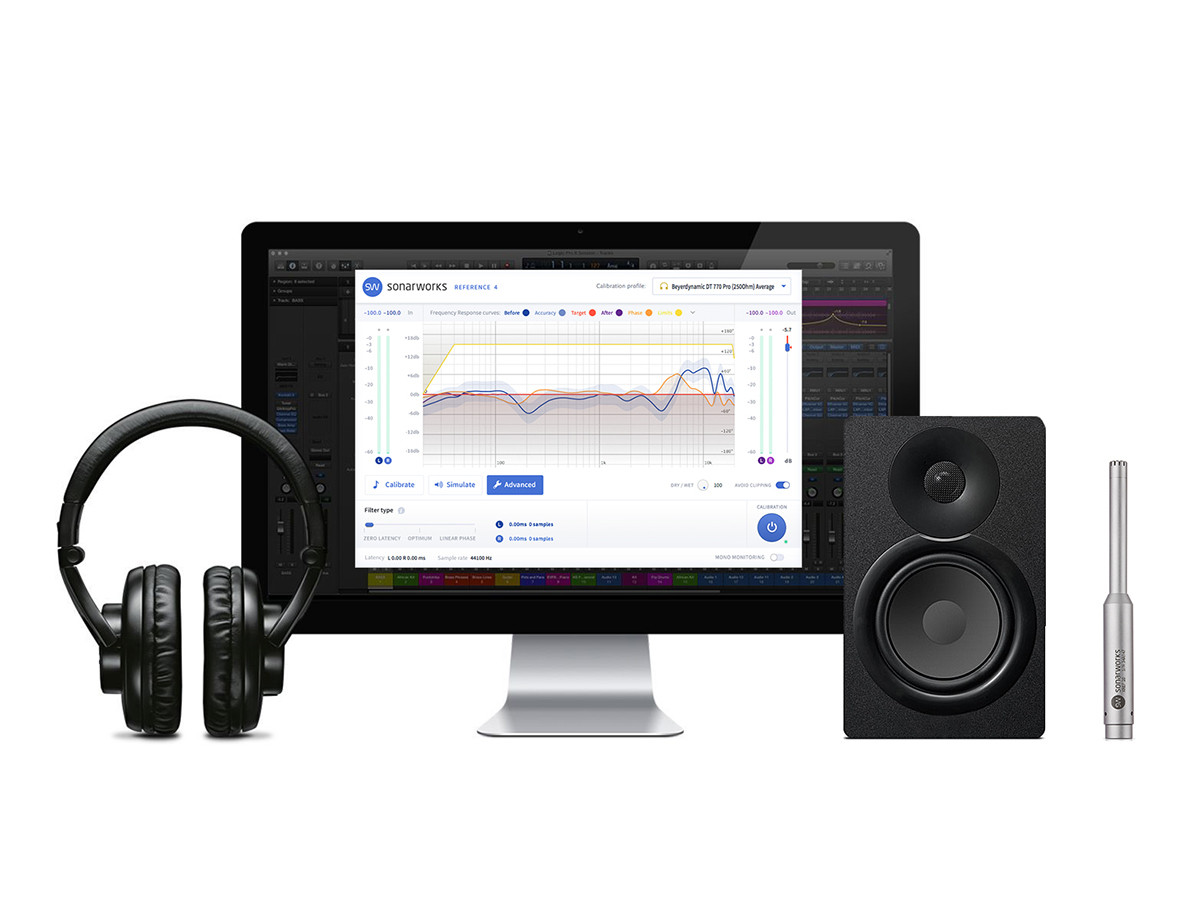

- #SONARWORKS REFERENCE 4 VS ARC 2.5 UPDATE#
- #SONARWORKS REFERENCE 4 VS ARC 2.5 SOFTWARE#
- #SONARWORKS REFERENCE 4 VS ARC 2.5 TRIAL#
Measurement process was relatively simple, but requires more measuring points (21 in total, with 8 sweeps per point). However, there's some nice additional features to play with, like two types of filter phase (natural and linear) and 'virtual monitoring' target curves that attempt to mimic other speaker system's FR. You can also only set the break points in between the +/-6dB of the reference the SW selected - which can also be limiting when we consider downward-sloping in-room response curves that we get when listening in far field. This means you get really limited with how you can set the target. Another thing I don't like is that there are only 6 target curve break-points, and the SW applies some correction to FR even outside of the configured range (unlike Dirac) - so you should be careful how you set the breakpoints if you limit the range, as you will need a few of them out of the range set at 0dB to really limit the correction. when you load the mic calibration curve, there's no indication that it loaded correctly, and due to this one of my measurement attempt turned out incorrect. Not bad UI and usability, though there are a few things I didn't like: e.g.

Here's the correction curve I liked the most: I'd say there's really a lot of power in Dirac - it sounds great, and is really flexible in target curve customization (you can load target curves, edit them, add many break points, freely set range for the correction.). The measurement process was relatively straightforward and quick (actually the quickest of these three), and the resulting responses seem in line with what I was getting with REW. I don't like the fact that you can't edit (or even see) the target curve in the plugin (Processor component), and due to issue with loading saved projects it can be tricky to edit saved curves. Usability and UI is very nice in general - though I was having some issues with logging-in to the user account on the Processor component (VST plugin) and was also getting some errors when loading saved projects. Here's some of my quick thoughts on each one of them: Measurements were done with a Cross-Spectrum Labs calibrated Dayton EMM-6 measurement microphone and RME Babyface Silver edition soundcard.
#SONARWORKS REFERENCE 4 VS ARC 2.5 TRIAL#
#SONARWORKS REFERENCE 4 VS ARC 2.5 SOFTWARE#

Some of my in-room measurements are available already in this post, and here are the quasi-anechoic measurements of our pair of speakers. Monitor correction software only really works with an already treated room.Lately I was playing a bit with digital room correction (DRC) SW to see if I can tame the bass in our living room with a pair of Revel M16 (no subs) so I thought it could be useful to share my findings.
#SONARWORKS REFERENCE 4 VS ARC 2.5 UPDATE#
I'm assuming your room is treated adequately? If not, analyse your room and update the treatment first - grab a free copy of Room EQ Wizard here and a flat omni mic. In other words, without SW3 I don't believe I would be having these results. This week I mastered an EDM track and the client said the bass was was "absolutely fantastic". Last week I mixed and mastered an EP (Black Keys/Artic Monkeys style) and I was very unsure about it but the client loved it so much he gave me 5k to produce the next album. In a small studio (< 1500 ft^3) you need to be able to trust the correction software to compensate for room issues. Both programs are easy to set up and don't add any appreciable latency but I found SW to be more accurate in the low end. After designing and building a small studio, tested and treated it, I switched to SW3. Hi Southpaw I started with ARC and had good results in an untreated room.


 0 kommentar(er)
0 kommentar(er)
